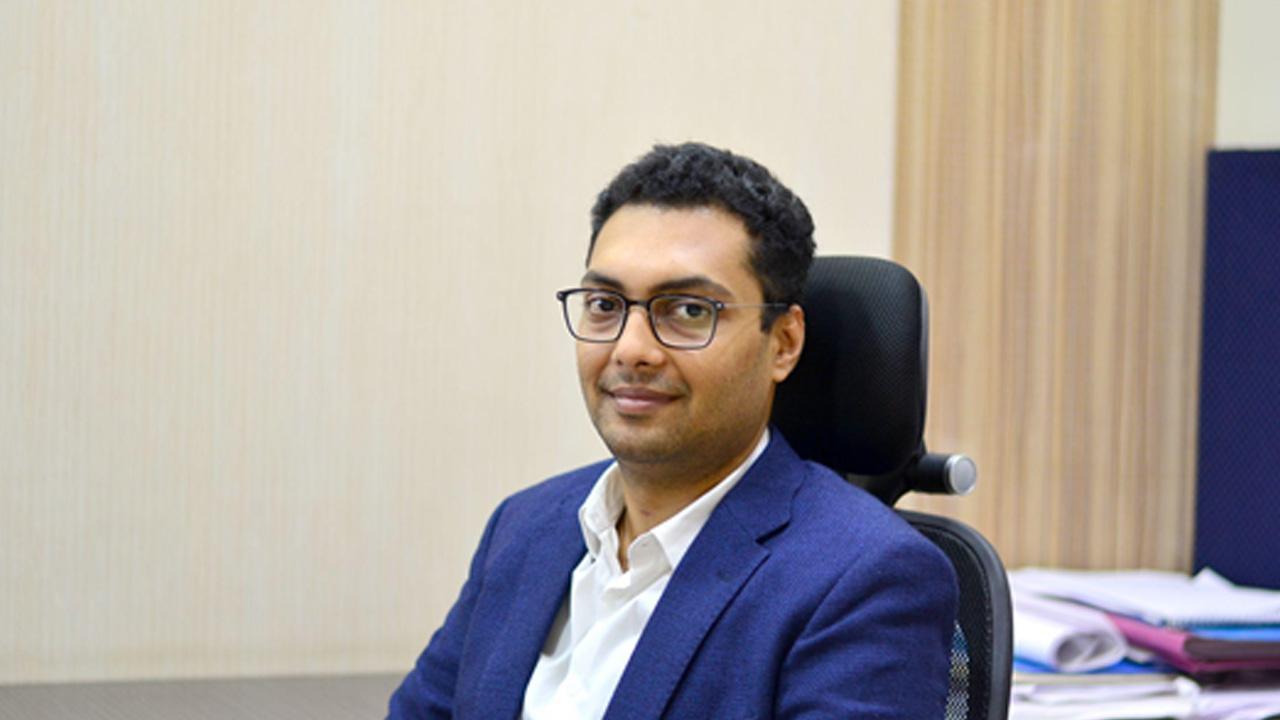In conversation with Shashank Goenka, MD, Finland International School

ADVERTISEMENT
1. So why did you decide to venture into the educational sector?
I belong to a family of entrepreneurs, so I made the choice to leverage my entrepreneurial abilities and knowledge of business to my advantage. With first-hand knowledge of the curriculum and subsequent in-depth system inspection, we discovered the gaps that needed to be filled in order to make Indian education more comprehensive. Additionally, being exposed to the global environment drove me to build a school that strongly emphasizes on students' aptitude for Finnish learning, absorbing information holistically, and applying it to all facets of life.
Providing children, the ability to go beyond what is believed to be possible will enable them to study as much as they can and reach their full intellectual and social potential in the future. In light of this, Goenka Global Education was established in 2010 and is proud of its creative approach to learning and teaching. At present, the company has two businesses, one of which focuses on delivering educational services to schools and the other specializing building construction.
2. As we talk, why do you think Finnish learning is the need of the hour and how does it help the students?
With a focus on a holistic, multicultural, and multidisciplinary approach to curriculum development, India's National Education Policy (NEP) 2020 has redefined the country's educational system. Along with the integration of skills, NEP also insists on the adoption of constitutional values. Experiential learning techniques must be used in addition to integrated teaching methods. In this respect, NEP resembles Finland's educational system more or less. The policy places a strong emphasis on including skill-development programmes in the curriculum at a young age. It aims to equip students with the information, skills, and perspectives they need to prosper in a global market that is changing quickly. The National Education Policy 2020's announcement makes it clear that the Indian government wants to significantly alter our educational system.
Because Finland's educational culture reflects the principles and goals that NEP seeks to achieve, India was among the first countries to embrace the idea of importing and absorbing elements of Finland's public education system into its own systems. By introducing the best practices to its students, Goenka Global Education is a disruptor in the world of education and we are constantly working to raise the bar for education in India.
3. Which board is followed?
We follow the world-renowned Finnish National Core Curriculum with MYP, and checkpoint examinations in IGCSE in Grade 10, and IBDP in Grade 11 and Grade 12.
4. What are the similarities and differences between Finnish pedagogy and Indian education?
In order to prioritize equity over excellence, Finland's widely praised educational approach uses common sense techniques and a comprehensive learning environment.
The Finnish education system mainly focuses on pedagogy Compared to the majority of Indian schools, which typically have a teaching time of 30-33 hours per week on average, Finnish schools teach students for 24-26 hours per week on average during the basic education grades 1-9
Children in Finland are assigned a reasonable amount of daily homework, not for hours a day. There is only one set of standardized exams in Finnish schools, and those take place only after Grade 12 in high school.'
This helps the children to engage themselves in other cultural and domestic activities outside of school so that their development is not only limited to the school. They should be familiar with the ecosystem outside the school as well.
In India, most children start attending school at the age of 3 but in Finland, children go to school when they turn 7, after only one year of Pre-Primary school. Voluntary Early Childhood Education and Care (ECEC) for children of 0-5 years of age in Finland is play-based and gives children time and space to grow at their own pace.
Finnish schools start at around 8.30 or 9.00 a.m. On the Indian counterpart, older kids could be expected to be at school as early as 7 in the morning.
The Finnish educational system places a greater emphasis on cooperation over competitiveness and encourages more student-teacher interaction in the absence of standardized testing.
About every ten years, Finland reforms its educational system.
The era of generalized jobs is over which gives rise to emphasis on specific skills instead of information learned by heart.
On the Indian education counterpart, Indian classrooms typically have a few distinguishing characteristics: centralized curriculums, uniform execution with little space for variability, and a high-stress testing environment.
Children are taught to take standardized tests at an early age in order to get ready for national-level exams in Grades 10 and 12. The spirit of competition is ingrained in students from the beginning of their academic careers because to cutoff percentages for top-ranked universities consistently reach 99%.
This strategy, however, frequently disregards the unique abilities and skills of many students in favour of using a one-size-fits-all method.
5. Given the vastness of our nation and the lack of teachers and financial resources, can India as a whole scale up these suggestions, pedagogies, etc.?
One of the schools, FIS Thane, has hired Finnish teachers to coach and mentor native Indian teachers and upscale them with the Finnish approach and Finnish Pedagogy into their work. And I’m sure this will help the Indian teachers adapt the Finnish pedagogy in a channelized manner. This upscaling is based on curriculum mapping. The IGCSE and local Indian boards will be aligned with the Finnish core curriculum. The education of children ages 3 to 11 is based on the Finnish core curriculum, and there is a significant emphasis on Indian culture.
When it comes to the student counterparts, there are obvious contrasts between the two systems. However, according to experts, India has a student population that is open to change.
6. If any other schools needed assistance in the near future, would your schools act as resource centers?
Yes, the institution is undoubtedly attempting to become an acting resource center in considering the promising future of Finnish education. The goal is to modernize the Indian educational system and raise educational standards. The National Education Policy 2020, which intends to provide comprehensive and multidisciplinary education, encourage skill development, and improve the use of technology in education in line with the Finnish way of education, is one of these.
 Subscribe today by clicking the link and stay updated with the latest news!" Click here!
Subscribe today by clicking the link and stay updated with the latest news!" Click here!







